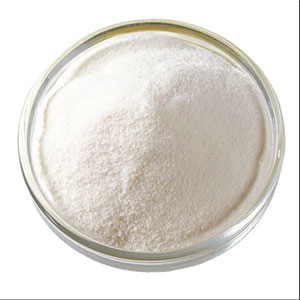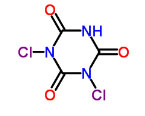Sodium Dichloroisocyanurate
NANJING FINECHEM HOLDING CO., LTD
Frequently Asked Questions
What is Sodium Dichloroisocyanurate used for?
Sodium Dichloroisocyanurate is suitable for disinfection of drinking water and swimming pool water,
disinfection of silkworms, washing and disinfection of tableware and food utensils, disinfection of
contaminated equipment, utensils and clothing in hospital wards, and other sanitation and epidemic
prevention disinfection. In addition, it can also be used as fabric bleaching agent, wool anti-shrinkage
agent, rubber chlorinating agent, etc.
What is spill emergency measures?
Isolate the leaked contaminated area and restrict access. It is recommended that emergency personnel
wear dust masks and general work clothes. Do not come into direct contact with spilled material.
Small spills: Cover with dry sand, vermiculite or other inert material. Collect with a clean shovel in
an airtight container.
Large amount of leakage: collect and recycle or transport to waste disposal site for disposal.
Handling and storage of Sodium Dichloroisocyanurate?
Handling Precautions: Airtight operation, provide sufficient local exhaust. Prevent dust from being
released into the workshop air. Operators must undergo special training and strictly abide by the
operating procedures. It is recommended that operators wear dust masks (full face masks), one-piece
adhesive tape protective clothing, and rubber gloves. Keep away from fire and heat sources, and smoking
is strictly prohibited in the workplace. Keep away from flammable and combustible materials. Avoid
generating dust. Avoid contact with ammonia, ammonium salts, and urea. Equipped with corresponding types
and quantities of fire-fighting equipment and leakage emergency treatment equipment. Empty containers
may contain hazardous residues.
Storage precautions: Store in a cool, dry, well-ventilated warehouse. Keep away from fire and heat
sources. Keep out of direct sunlight. The packaging must be sealed and kept away from moisture. It
should be stored separately from combustibles, ammonia, ammonium salt, urea, etc., and should not be
stored together. Storage areas should be equipped with suitable materials to contain spills.






